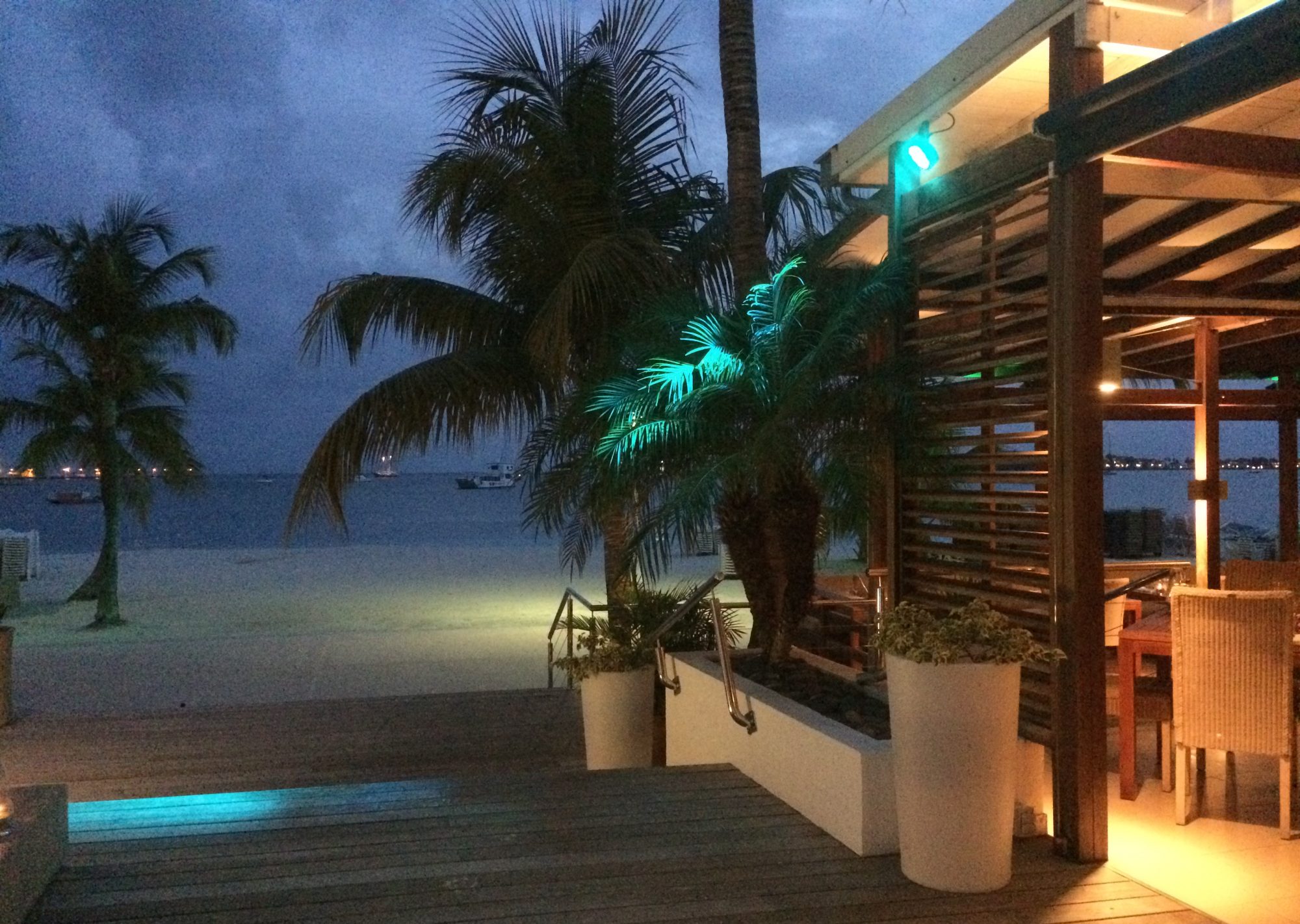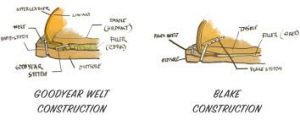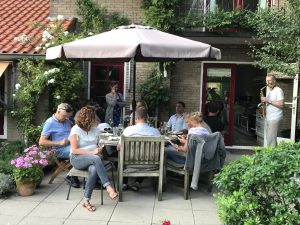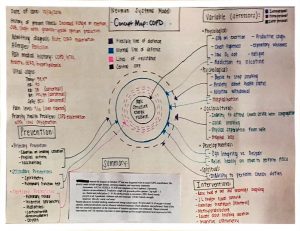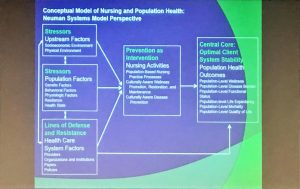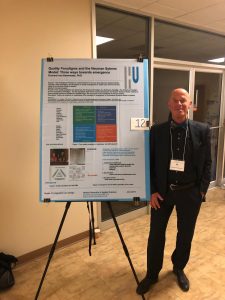
Emergence; a swarm of starlings
Besides audit, coaching and training I have been active in research. My research started around 2005, when I wanted to know more about the effects of the phenomenon accreditation. That led to the doctoral thesis Certification, Accreditation and the Professional and to my PhD at Rotterdam School of Management, Erasmus University in 2009. Certification and accreditation often do not support the establishment of a quality culture, but what does? A few years later in 2013, working in Ghana, and trying to support the creation of a quality culture in a healthcare institute, I started wondering if one could actually plan such an achievement. I started questioning the PDCA-cycle, the holy grail of quality management, wherein planning and goal setting are crucial elements. My ideas got some recommendations, but much resistance. However, can we create an innovation or e.g. a quality culture? At least I found that there is no one way, there is not one best solution. A solution fit for Europe can be different from the one in Africa or the Caribbean as I wrote in Quality Progress. What the best solution is, depends on the context. And each context has its own mindset. Together with Dutch colleagues from the Dutch Academy for Quality we held a dialogue, initiated by Huub Vinkenburg on the schools or paradigms of quality. That brought prof.dr.ing. T.W. Hardjono and me to four paradigms. We explored them in our 2019 article Twenty First Century TQM: the Emergence Paradigm in TQM Journal. Spring next year our book on the subject will be published in English by de GoudseSchool. Especially the Emergence Paradigm triggers me. We see it in a swarm of starlings or the creation of an ant hill. But, also innovations (novelty) often occur, especially in complex environments, when it is not planned, not expected and unpredictable. I decided to do a concept analysis on the concept of emergence, that is recently published. I am still on the journey and intend to explore the concept further. For now, it at least helps me to reflect on the nature of organisational change.
Anyone who wants to contribute is welcome.
